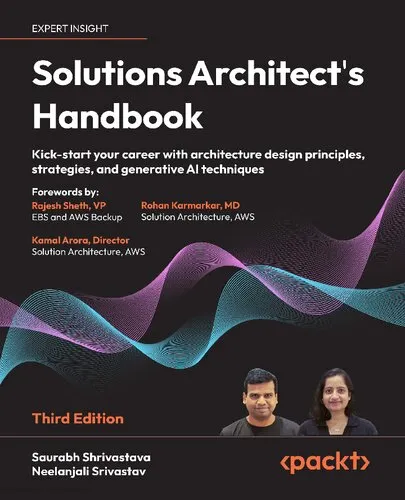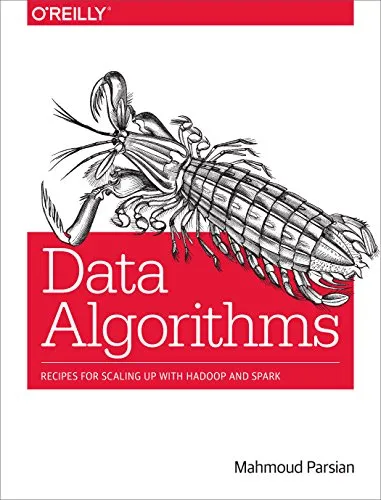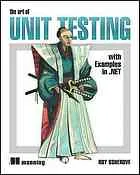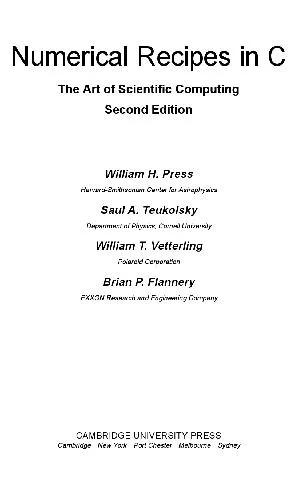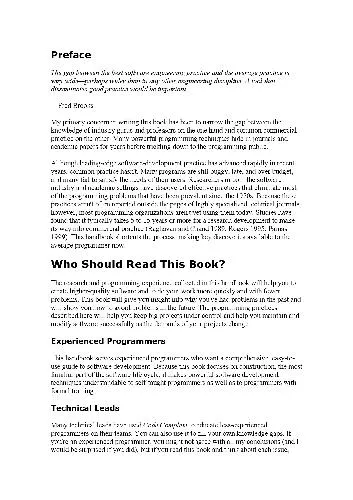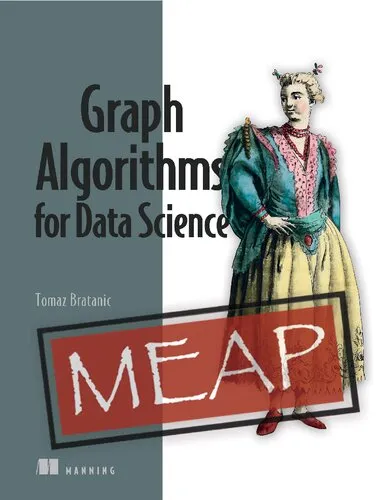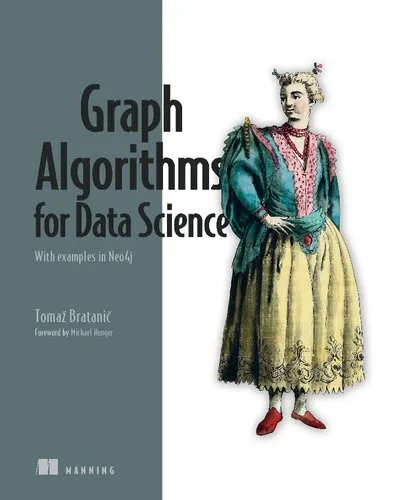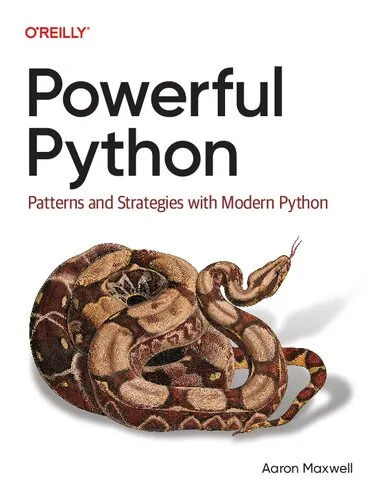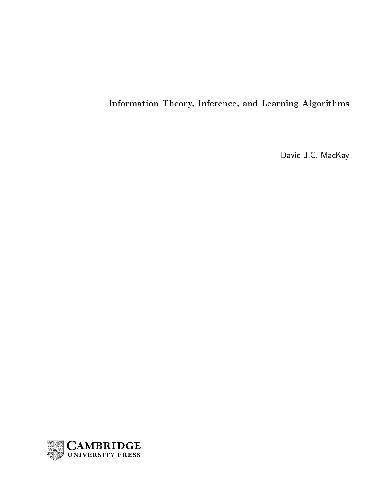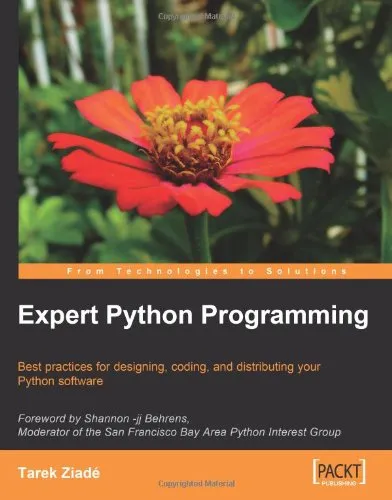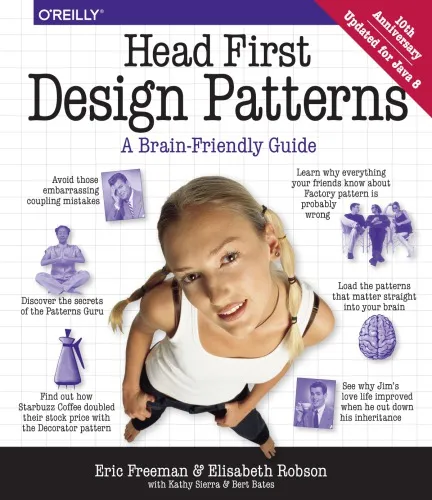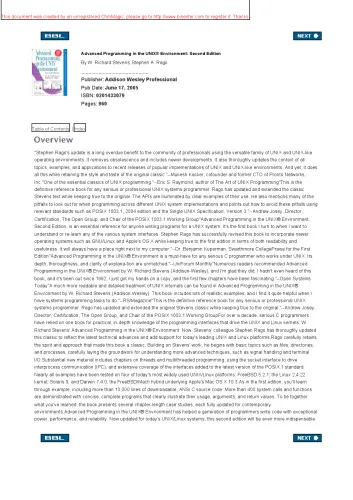International Journal of Software Engineering and Knowledge Engineering
4.5
Reviews from our users

You Can Ask your questions from this book's AI after Login
Each download or ask from book AI costs 2 points. To earn more free points, please visit the Points Guide Page and complete some valuable actions.Related Refrences:
Detailed Summary of the Book
The work published by KAINDL, HERMANN and ZIEGELER, HOLGER G. in the International Journal of Software Engineering and Knowledge Engineering (pp. 107–119) is a highly regarded scholarly contribution in the fields of software engineering and knowledge-based systems. This publication critically addresses the intersection of structured software development processes and the effective management of knowledge within those processes. It lays out both a theoretical foundation and practical insights that aim to bridge the gap between software engineering methodologies and the growing need for intelligent, automated knowledge handling.
The authors explore essential challenges such as requirements engineering, conceptual modeling, and the dynamic integration of domain knowledge into software design. They emphasize the importance of aligning technical implementation with clear semantic understanding, ensuring systems not only function correctly but also remain adaptable in rapidly changing technological environments.
Through detailed case studies and illustrative examples, the publication demonstrates how knowledge engineering principles can enhance decision-making, reduce development costs, and improve software quality. The blend of rigorous academic analysis and practical guidance makes this piece significant for both researchers and industry practitioners seeking to harmonize system design, architecture, and real-world constraints.
Key Takeaways
- Integrating knowledge engineering with software development leads to more adaptive and intelligent systems.
- Requirements analysis is most effective when informed by domain-specific knowledge structures.
- Conceptual modeling serves as an essential bridge between technical specification and user-centered design.
- Automated tools and AI-driven approaches can significantly enhance the long-term maintainability of systems.
- Knowledge representations must remain flexible to accommodate evolving business and technological landscapes.
- Collaborative approaches between software engineers and domain experts yield superior results.
Famous Quotes from the Book
While the publication is primarily academic and technical in nature, it includes several statements that capture its intellectual spirit:
"The synergy between software engineering and knowledge engineering is not optional—it is integral to the systems of tomorrow."
"Capturing the essence of a domain enables not just software creation, but knowledge preservation."
"In a rapidly evolving digital world, adaptability is engineered not in code alone, but in conceptual clarity."
Why This Book Matters
This paper stands as a meaningful resource in the academic and professional communities because it addresses a multi-disciplinary challenge: how to effectively incorporate knowledge engineering practices into the formal processes of software development. In an era where software systems increasingly need to reason, adapt, and make decisions, the methodologies discussed by KAINDL and ZIEGELER offer a roadmap for designing such capabilities into systems from the ground up.
By thoroughly analyzing the overlap between structured programming approaches and explicit knowledge representation, the authors highlight pathways to increase efficiency, reduce redundancy, and improve the resilience of systems under changing demands. These considerations have become even more relevant with the growth of AI, IoT, and data-intensive applications.
Moreover, the publication's structured methodology can be applied to a broad set of industries—ranging from healthcare and finance to manufacturing and education—where domain knowledge must be embedded into complex software solutions. The approach advocated encourages deeper collaboration, greater clarity in problem-solving, and innovation grounded in disciplined engineering practices.
Overall, this work is more than a research paper—it is a conceptual bridge linking theoretical computer science with practical systems engineering, ensuring that future software development is as intelligent in design as it is efficient in execution.
Free Direct Download
You Can Download this book after Login
Accessing books through legal platforms and public libraries not only supports the rights of authors and publishers but also contributes to the sustainability of reading culture. Before downloading, please take a moment to consider these options.
Find this book on other platforms:
WorldCat helps you find books in libraries worldwide.
See ratings, reviews, and discussions on Goodreads.
Find and buy rare or used books on AbeBooks.
1339
بازدید4.5
امتیاز0
نظر98%
رضایتReviews:
4.5
Based on 0 users review
Questions & Answers
Ask questions about this book or help others by answering
No questions yet. Be the first to ask!


